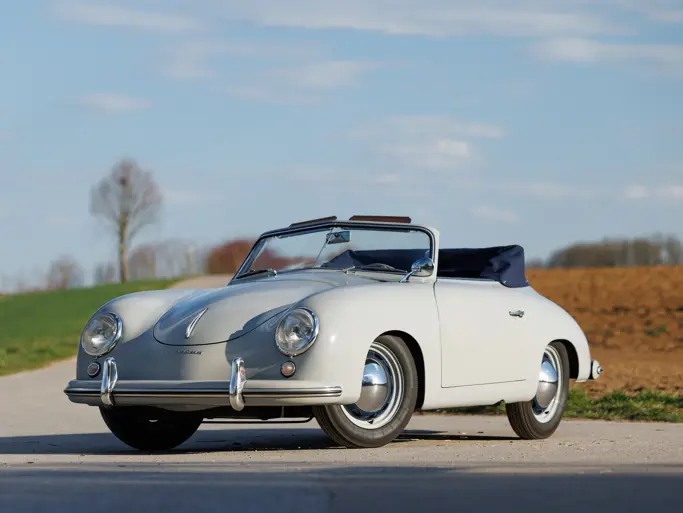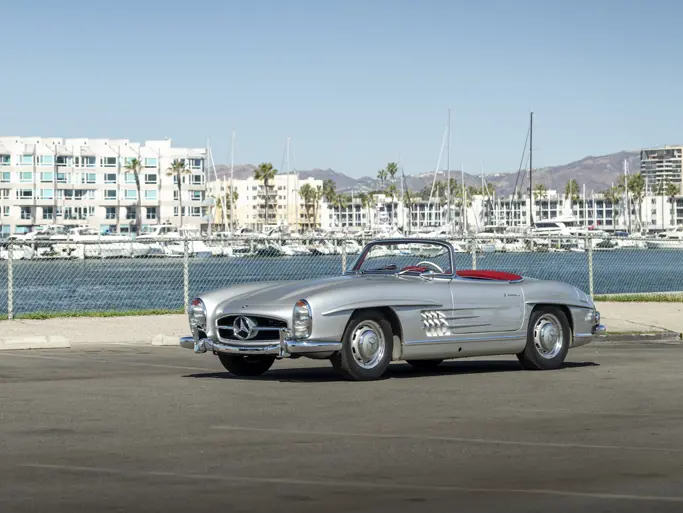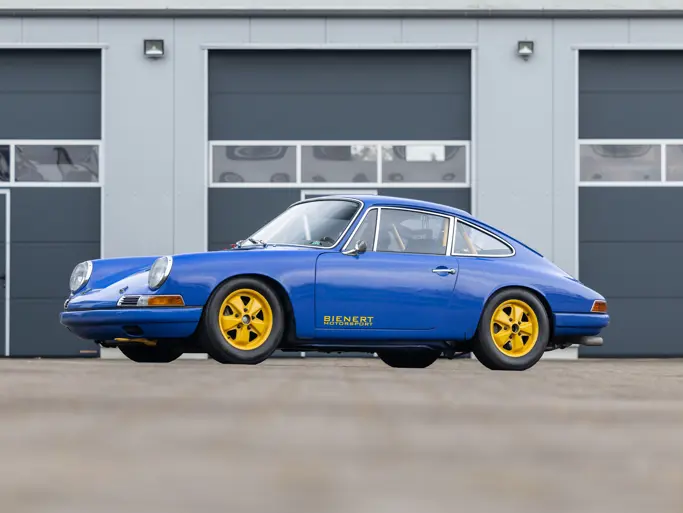Porsches were largely unknown in the United States in the early 1950s. Automotive entrepreneur Max Hoffman was doing his best getting the positive word out to the public, but it was a struggle to sell this new German import when its retail price was so much more than those of the simple British sports cars that also shared his showroom floor. Hoffman would sit down to dinner with Ferry Porsche to plead for a less-expensive product, something with a base price below $3,000. At that price, declared Hoffman, he can sell every one that Porsche could build; although that price point was just a place to start. Almost every item that was not screwed on was an “extra-cost option”. History tells us that Hoffman was correct in his assessment, and bare-bones Speedsters were soon in wide demand, especially in sunny Southern California.
Based on the early America roadsters bodied by Erich Heuer’s Gläser Karosserie, the Speedster took shape with Hoffman’s realization that a mid-market gap existed for a no-frills, race-ready convertible. Reutter smoothed over the America’s original bodywork to result in the famous high-waisted bathtub style, which eventually proved to be one of Porsche’s most celebrated designs of all time. The lightweight Speedster featured low, removable windshields, thin-shelled bucket seats, basic fabric tops and side curtains, and little else in the way of creature comforts. Chrome-plated trim strips at door handle height adorn the fender flanks with gold-colored “Speedster” script attached just above the strip of chrome on the front. The Speedster rolled on 16-inch wheels, with the 15-inchers being introduced with the later 356A. The Speedster also featured a newly-designed instrument panel. Mounted below a padded, arched cover are three round VDO instruments – two large and one smaller one set slightly higher in the center. There is no glove compartment by design and there is “Porsche” script aligned with two trim strips.
Although the Speedster was launched in the United States in 1954, where it became an instant hit, it was not presented to a European audience until the summer of 1955. They were true multi-purpose sports cars whose owners could drive to the track, quickly unbolt the removable windshield if they preferred, tape over the headlamps, slap some numbers on the side and go racing. Soon, the small-displacement production sports car grids of the SCCA and California Sports Car Club were filled with Speedsters whose brilliant handling qualities made them consistent favorites. Although most examples were exported to America, they made their mark in Europe as well, consistently winning their classes at hill climbs and racing events at traditional circuits.
This beautiful 1955 Pre-A Speedster painted in its original Speedster White with tan carpet and black speedster seats has just underwent a complete rotisserie restoration leaving no bolt or nut unturned. Every area of the car has been meticulously restored to factory original specifications. The body’s sheetmetal is in excellent original condition as the car retains all of its original panels. The cars correct engine has been completely overhauled to correct specifications and the Solex carburetors have been meticulously rebuilt to insure proper function. The correct four-speed manual transmission has also been completely torn down and overhauled with all factory internals. The interior was replaced and the seats were restored by Autobahn Interiors at the beginning of the restoration, which took nearly eight years to complete by top craftsmen in New Mexico and Arizona. The factory specification restoration was orchestrated the car’s owner of nearly 50 years and is available for the next owner to enjoy for many years to come.
Production of all Speedsters took place at the Reutter coachbuilders works in Zuffenhausen. Approximately 200 prototype series (Pre-A) Speedsters were built by the end of 1954. The first production 356 Speedsters were also known as Pre-A or T0 models to distinguish them from the later 356A or T1 Speedsters. Today, a Speedster is a must-have for any serious Porsche collector. Only 1,233 examples of the “pre-A” Speedster were produced in 1954 and 1955.

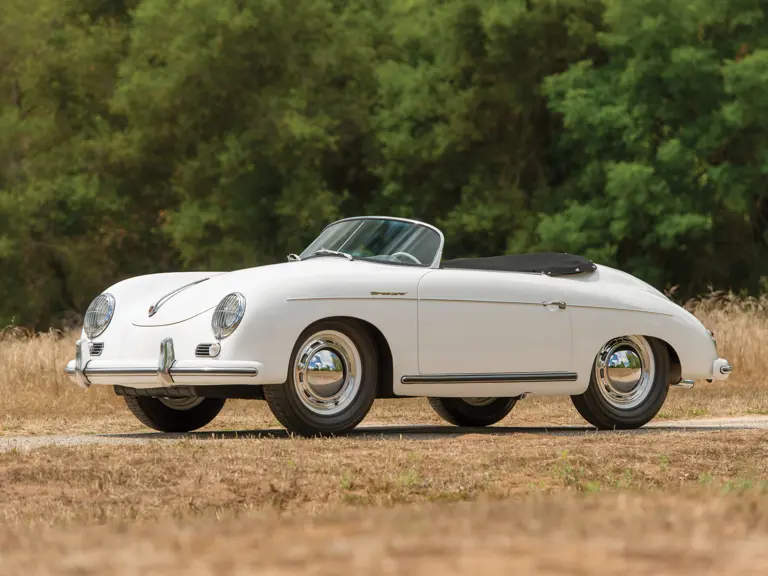
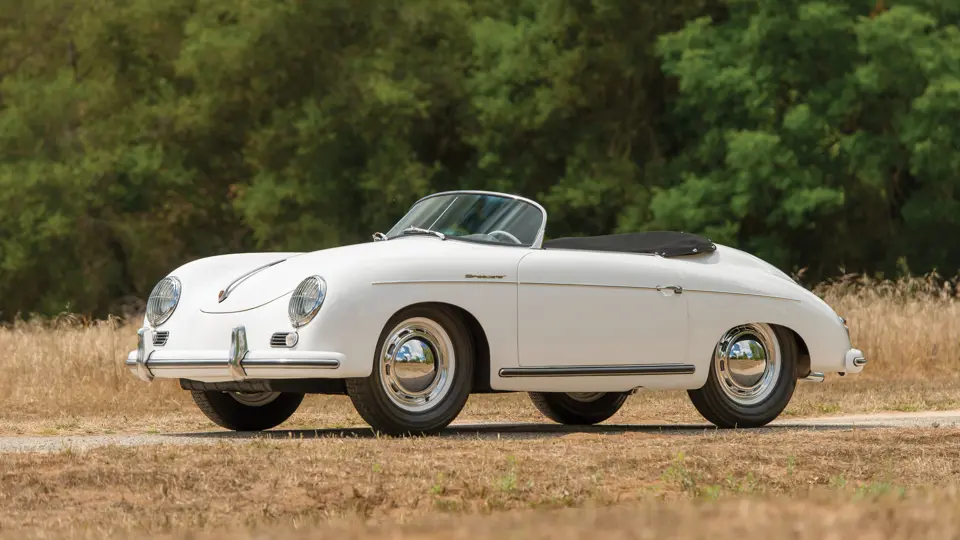
 | Santa Monica, California
| Santa Monica, California
